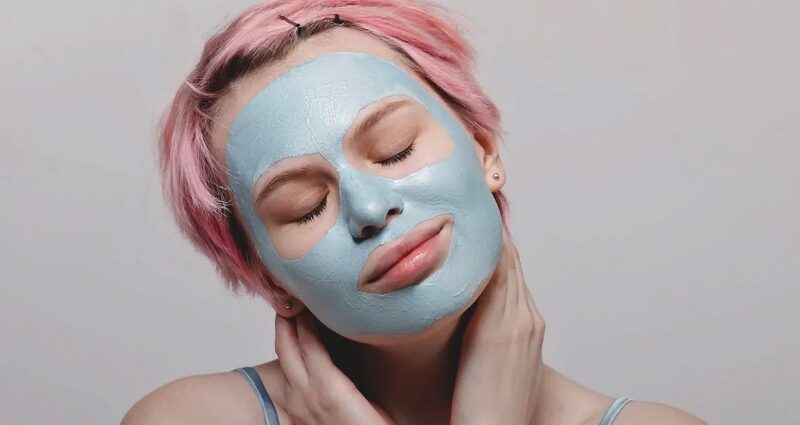It is usual for the hair follicles that are positioned under the skin to get obstructed, resulting in the development of acne. These lesions are called pimples or zits because of the mix of sebum oil that keeps the skin from drying up and dead skin cells that clog pores. The breakouts are most prevalent on the face, although they may also appear on the back, chest, and shoulders. So what is acne?
If you’ve ever been plagued by acne, you’ll know that it is an inflammatory skin condition that attacks the sebaceous (oil) glands on your face and connects them to your scalp’s hair follicle. Skin that is healthy produces sebum, which is secreted via the pore in the follicle, which is an opening on the surface of the skin. The follicle is lined by keratinocytes, a kind of skin cell. A kind of cell called a follicle is present in hair. As part of the process of shedding dead skin cells, keratinocytes rise to the surface of the skin. In the case of acne, sebum, keratinocytes, and hair follicles that are ordinarily located in the pores become obstructed. In most cases, acne disappears by the time a person reaches their thirties, but some people in their forties and fifties continue to suffer from it.
Acne may affect everyone.
Although acne is most common among teens and young adults, it may afflict persons of any race or age. Teenagers are more likely than women to suffer from acne, which is more common among males. Acne may linger throughout adulthood, and women are more likely to suffer from it than men.
Acne comes in a variety of forms.
Acne may cause a variety of lesions, which are often referred to as pimples. The medical name for obstructed hair follicles known as comedones is swelling.
There are several types of acne, such as:
Whiteheads
- Hair follicle pimples that can’t be cleaned out since they’re filled with dead skin cells.
- Clogged follicles that have broken through the surface of the skin and become blackheads are called “blackheads.” Rather of being dirty, air pollution taints their sebum, giving them a black look on the skin.
- Skin lesions known as papules that appear as little, pink pimples that may be painful to the touch and are indicative of an inflammatory process.
- Inflammatory lesions such as pustules or pimples
- Papules with pus-filled lesions on top, which might be white, yellow, or red in colour.
Nodules
- Tumors that are large, solid, and positioned deep into the skin, frequently causing agonising agony.
- Cystic acne, often known as acne nodosa severe, has the following characteristics: Sores that are deep and loaded with pus.
- Acne’s underlying causes are explained.
Some medical experts and research believe that acne is caused by one or more of the following factors:
- Excessive or abnormally high pore oil production.
- Dead skin cells have accumulated and plugged the pore.
- Germ colonisation inside the skin’s pores.
Keratinocytes cannot shed and sebum cannot reach the skin’s surface as a result. Swelling, redness, heat and pain are all symptoms of inflammation caused by clogged follicles containing a mix of oil and dead cells from the surface of the skin. Bacteria, skin cells, and sebum begin to flow out of the clogged follicle, causing lesions or pimples to grow on the surrounding skin.

